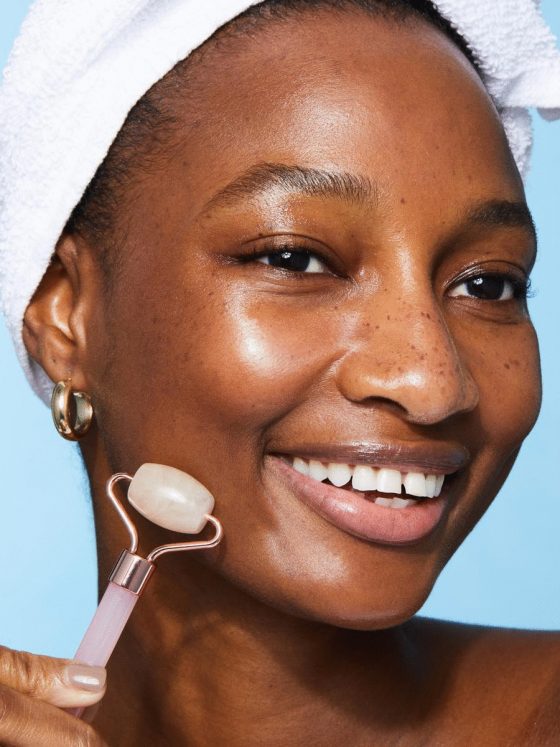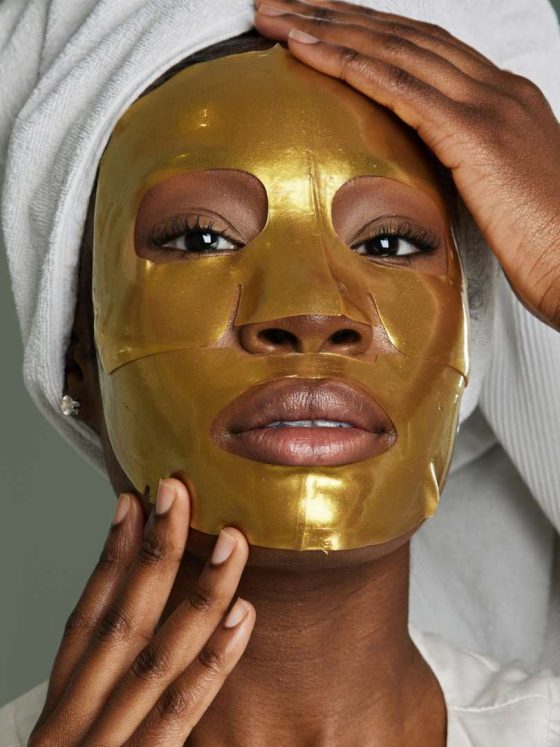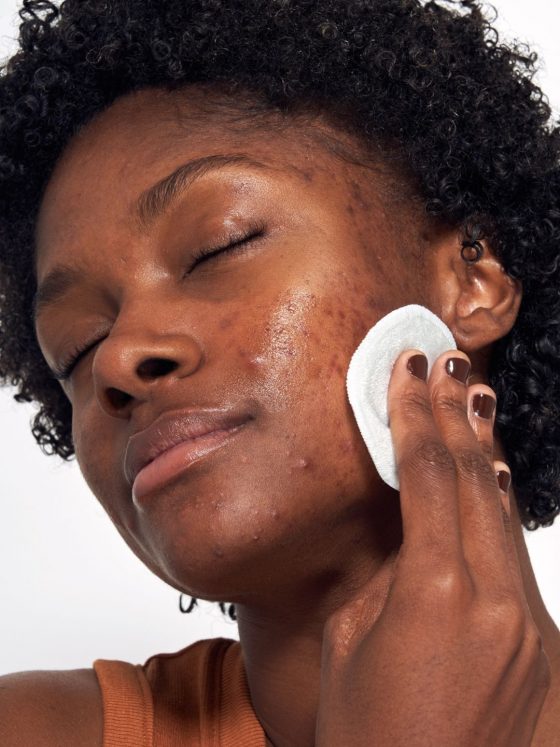In the quest for radiant and youthful skin, many individuals turn to various skincare treatments, and one popular option that has gained significant attention in recent years is skin peels. These transformative procedures can help address a wide range of skin concerns, from dullness and hyperpigmentation to acne scars and fine lines. If you’re considering your first skin peel, it’s essential to understand the process and prepare adequately for optimal results. Keep reading as we explore everything you need to know about skin peels and guide you through the steps to ensure a successful treatment.

Understanding Skin Peels
Skin peels, also known as chemical peels, involve the application of a chemical solution to the skin’s surface, which exfoliates and encourages the regeneration of new, healthier skin cells. The intensity of the peel varies depending on the specific concerns being addressed, ranging from superficial peels that target the outermost layer of skin to deeper peels that penetrate into the deeper layers.
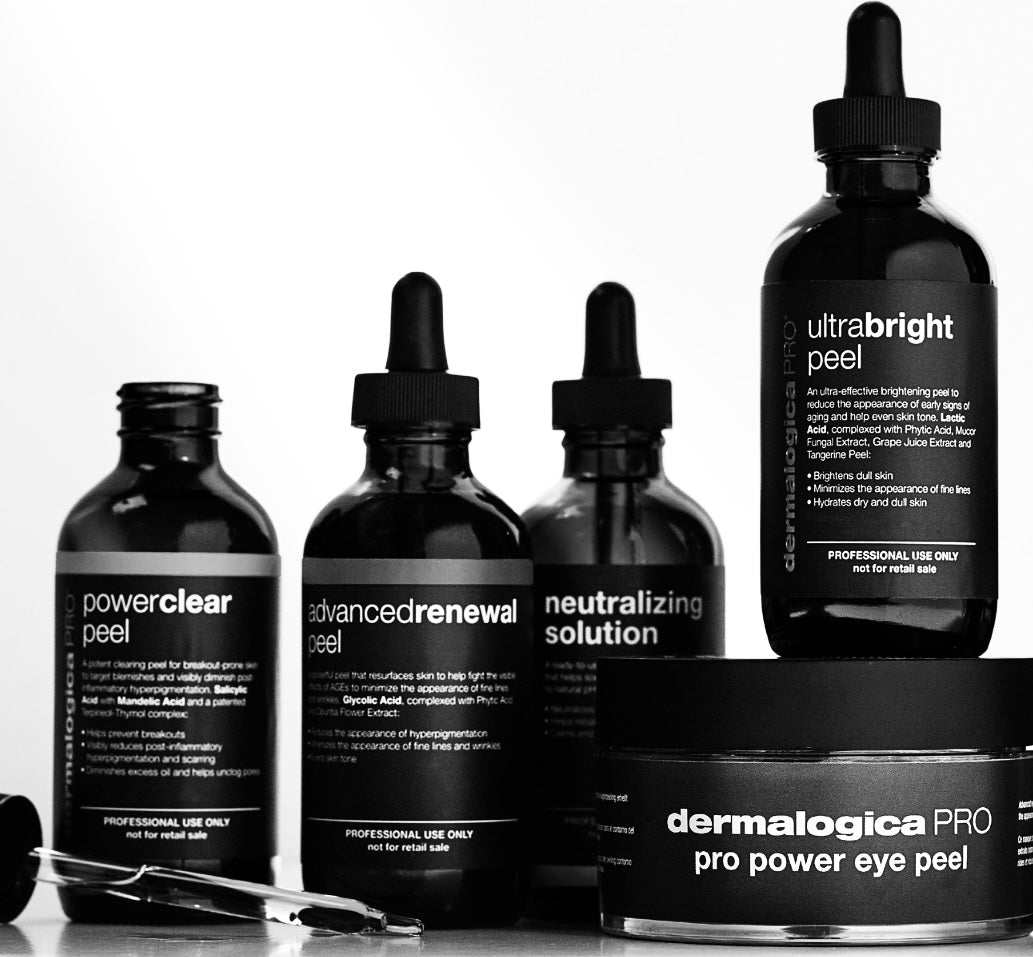
Types of Skin Peels
Superficial Peels: These peels primarily target the epidermis, the outermost layer of the skin. They are suitable for treating minor skin issues such as uneven skin tone, light pigmentation, and mild acne scars.
Medium Peels: Medium peels penetrate the epidermis and reach the upper layers of the dermis. They effectively treat moderate skin concerns such as mild pigmentation, fine lines, and deeper acne scars.
Deep Peels: Reserved for severe skin concerns, deep peels reach the deeper layers of the dermis. They are recommended for addressing significant pigmentation issues, severe acne scars, and deep wrinkles. Deep peels often require more downtime and may involve higher risks and potential side effects.
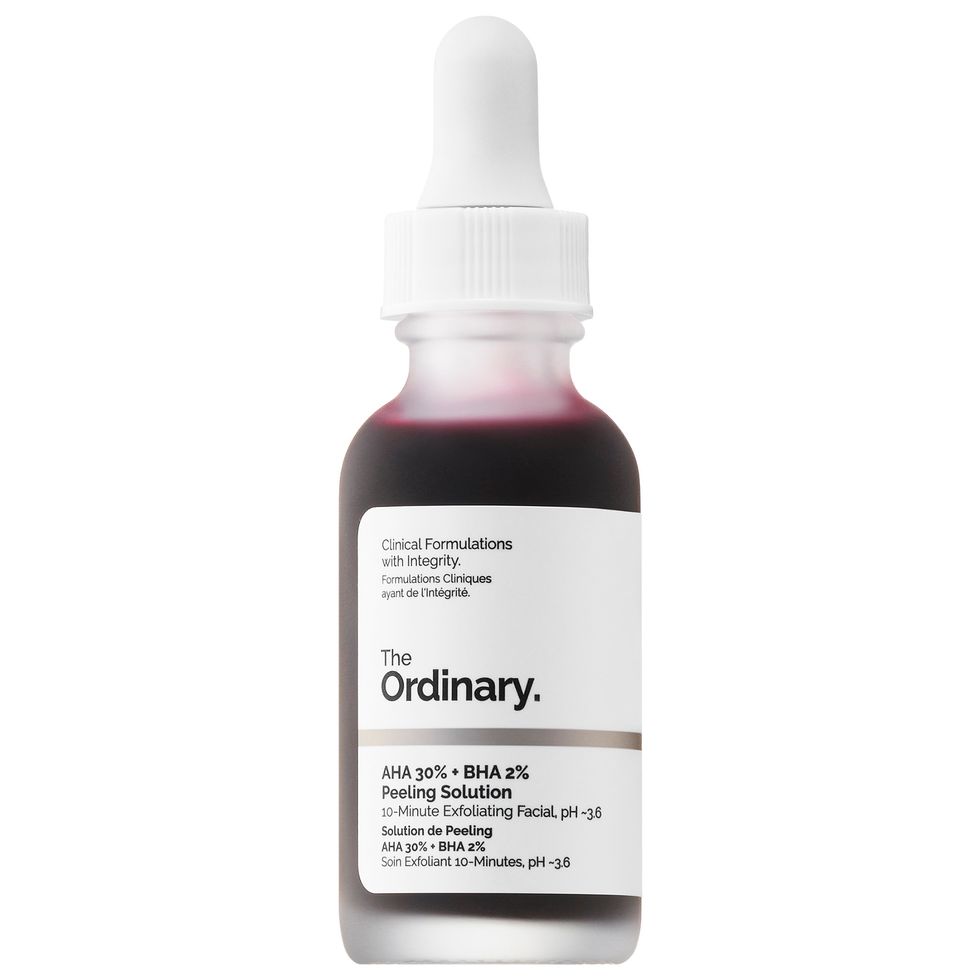
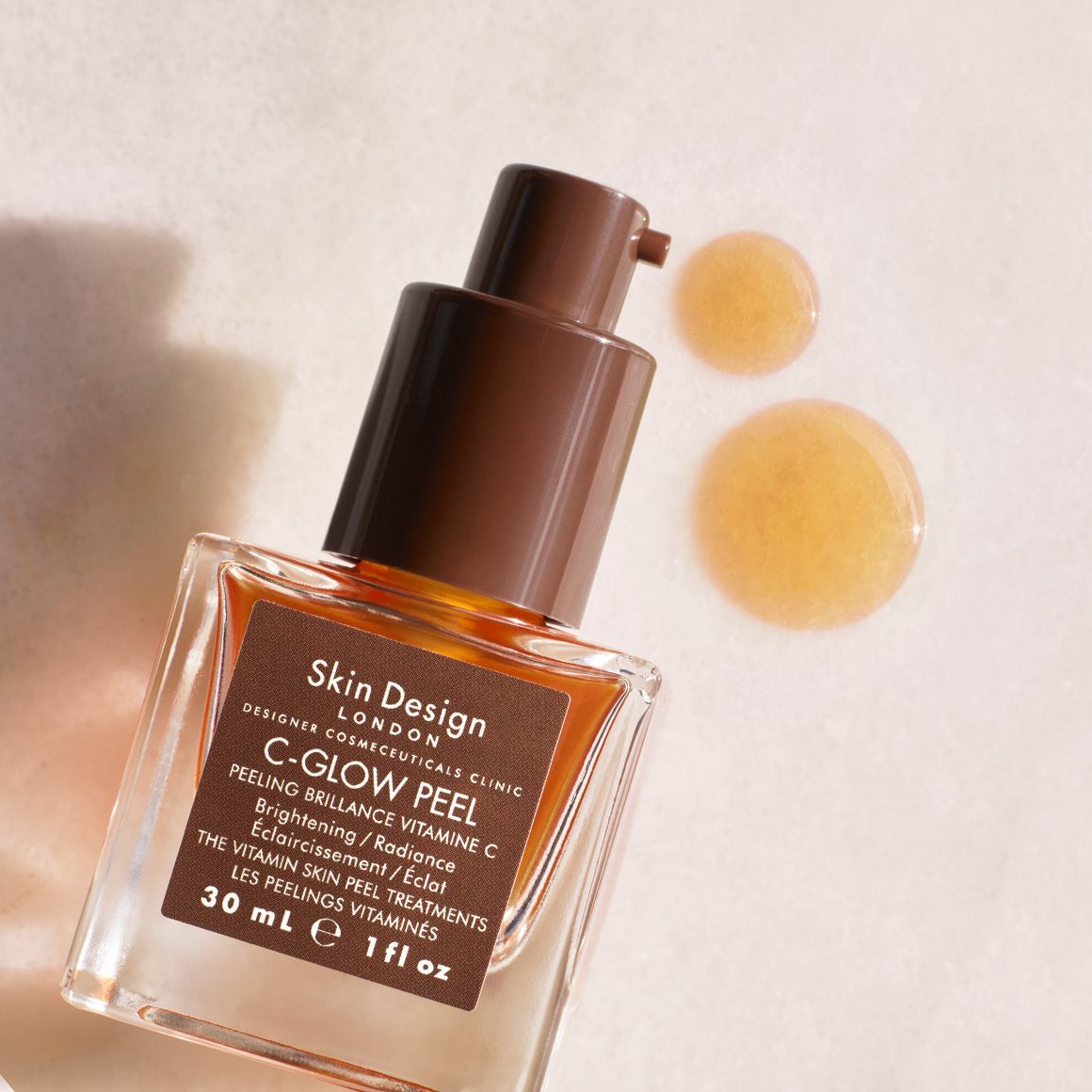

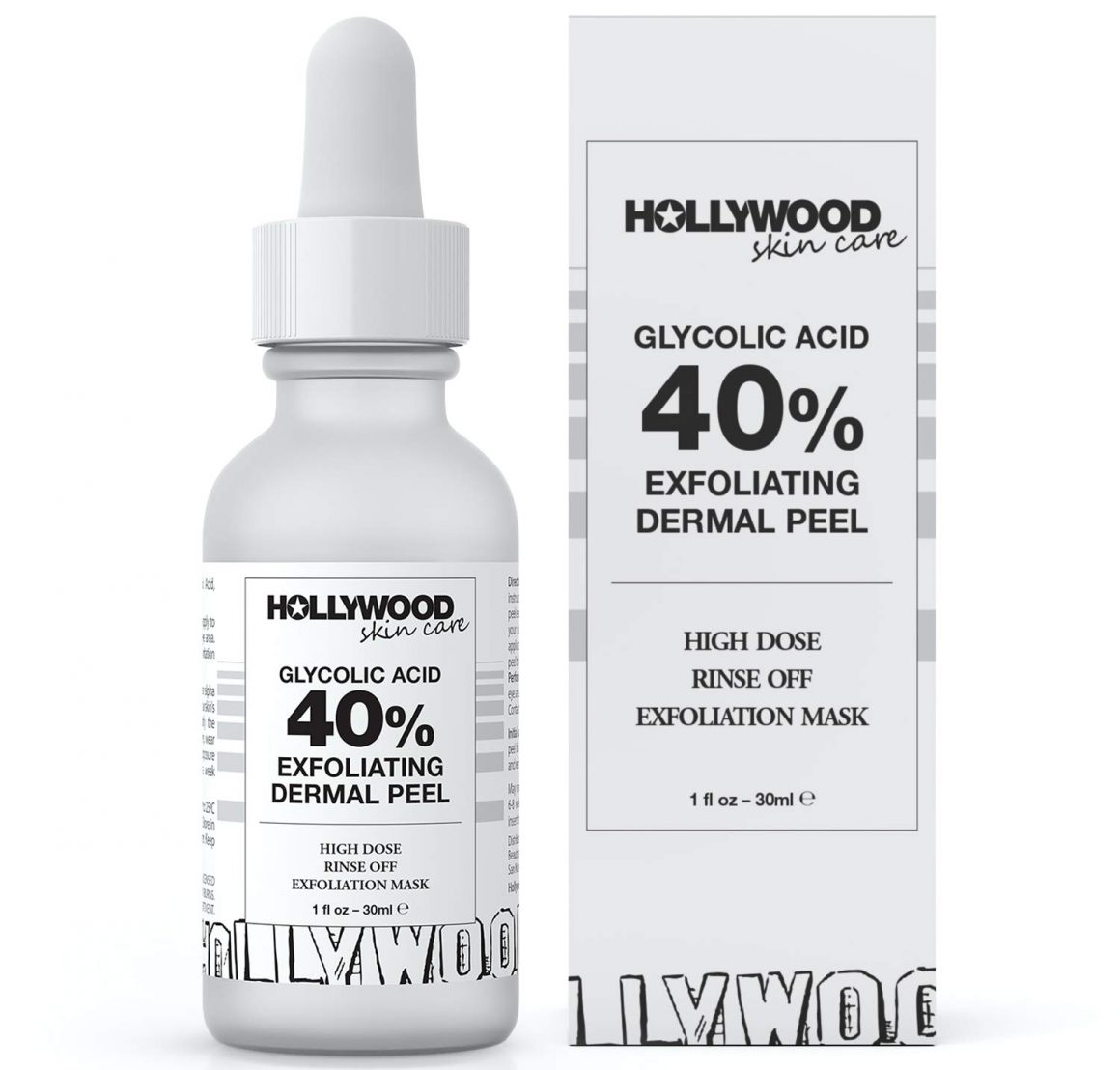
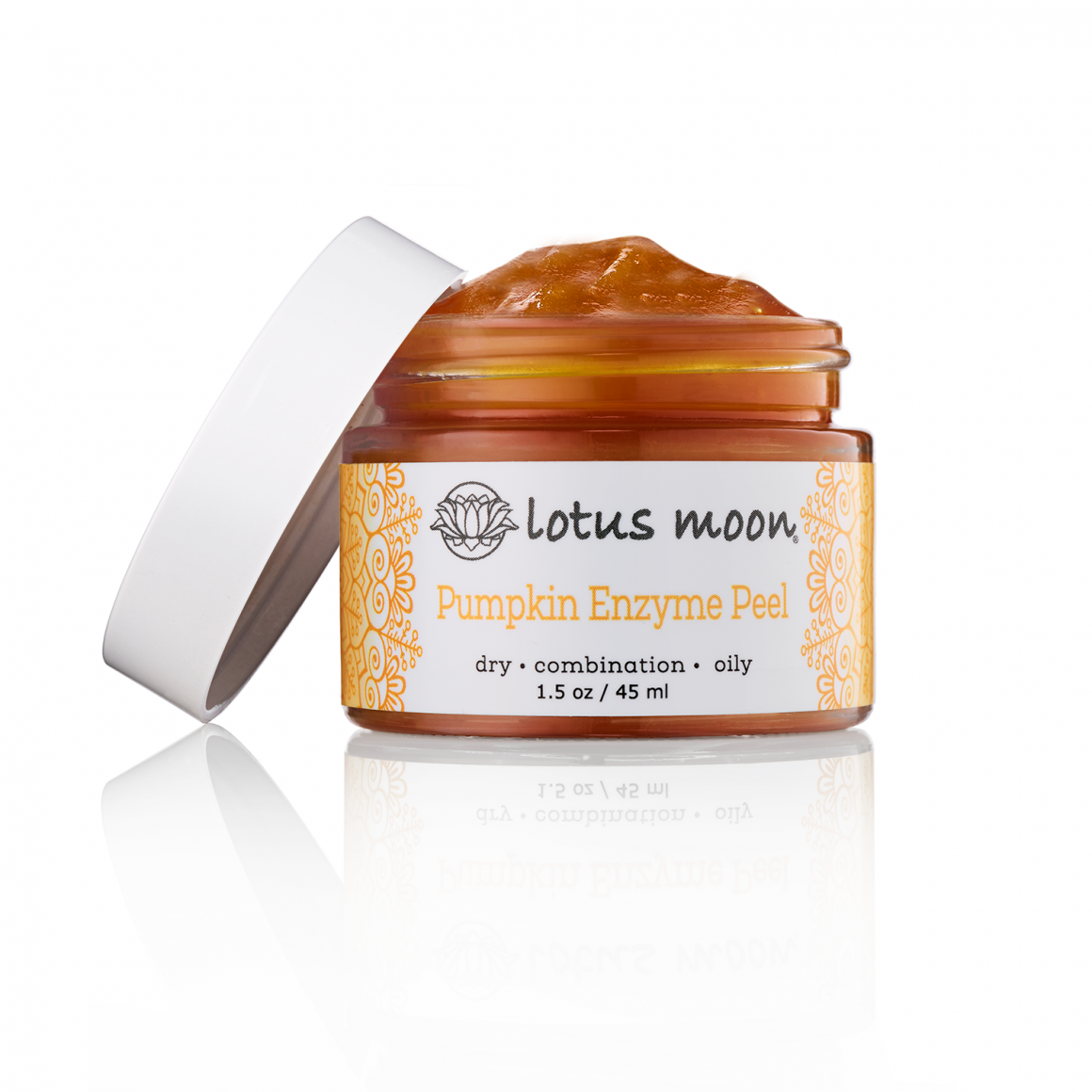

Preparing for Your First Skin Peel
Consultation with a Dermatologist
Start by scheduling a consultation with a qualified dermatologist or skincare professional who can assess your skin type, concerns and recommend the most suitable peel for you. They will also provide crucial pre-peel instructions and answer any questions you may have.
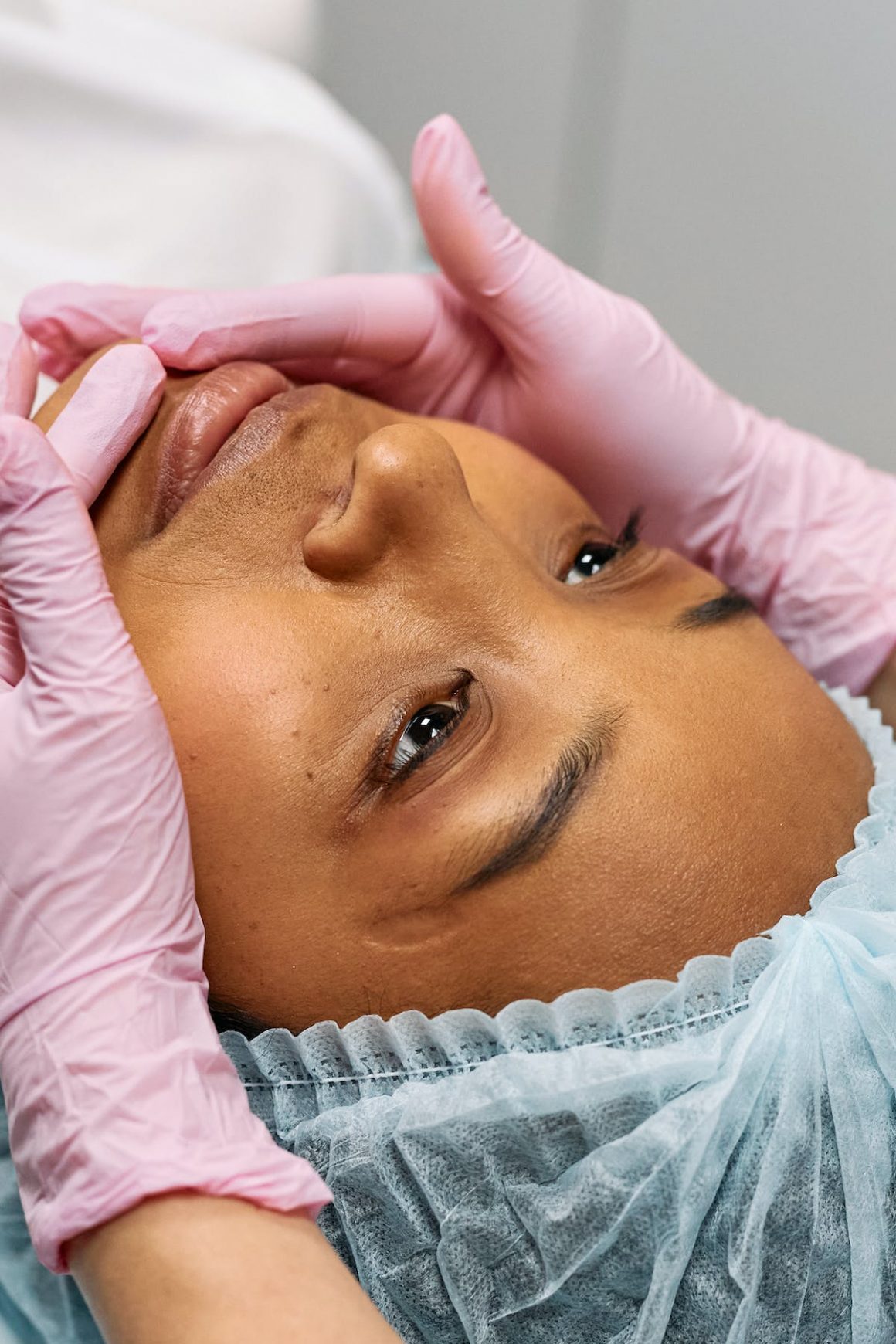
Pre-Treatment Skincare
Your dermatologist may recommend a skincare routine leading up to the peel, which may include the use of specific cleansers, moisturisers, and sunscreens. This pre-treatment regimen helps prepare your skin and enhance the effectiveness of the peel while minimising potential side effects.

Avoid Sun Exposure
Protecting your skin from the sun’s harmful UV rays is crucial both before and after the peel. Sunburned skin is more prone to complications and can hinder the desired results of the peel. Make sure to wear sunscreen with a high SPF and seek shade whenever possible.
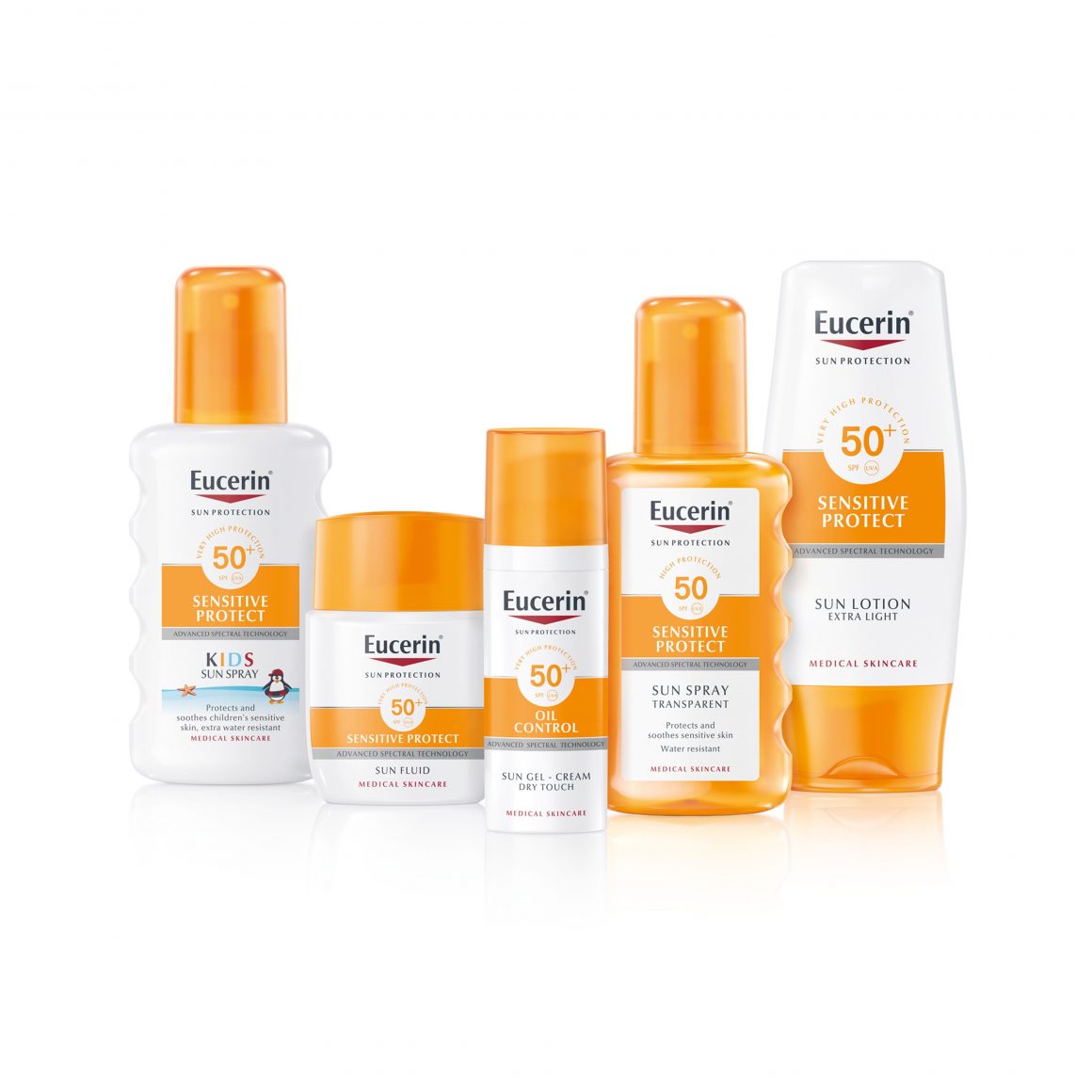
Discontinue Certain Products
Your dermatologist may advise you to stop using certain skincare products, such as retinoids, exfoliants, or prescription medications, for a specific period before the peel. These products can increase skin sensitivity and may interfere with the peel process.
Manage Expectations
It’s crucial to have realistic expectations about the results and potential side effects of the peel. While skin peels offer remarkable benefits, it may take multiple sessions to achieve your desired outcome, and some temporary redness, flaking, or mild discomfort is common after the treatment.







